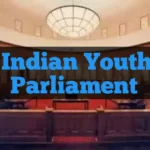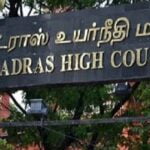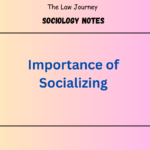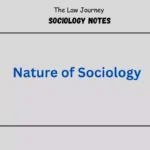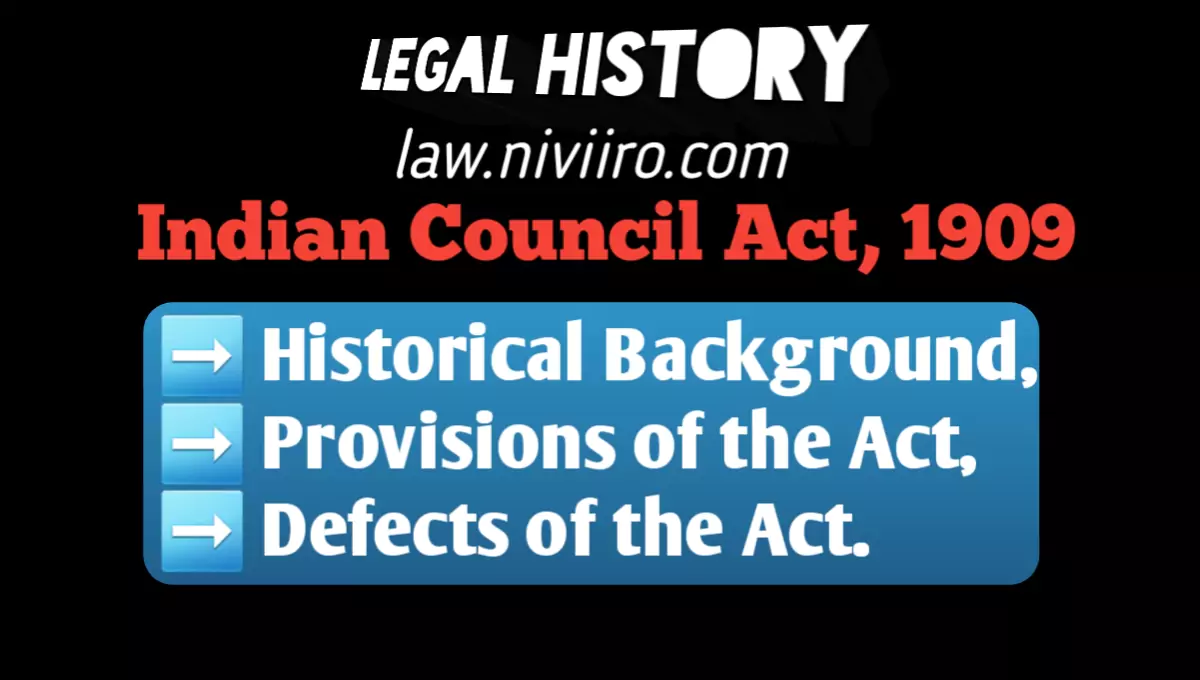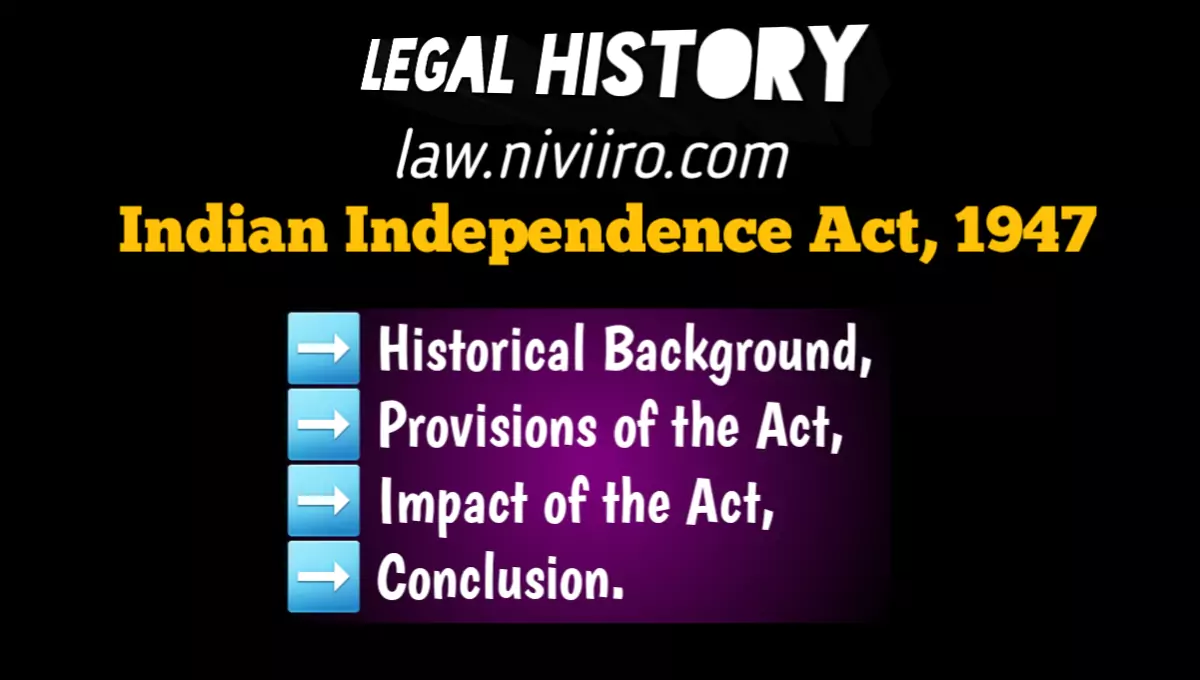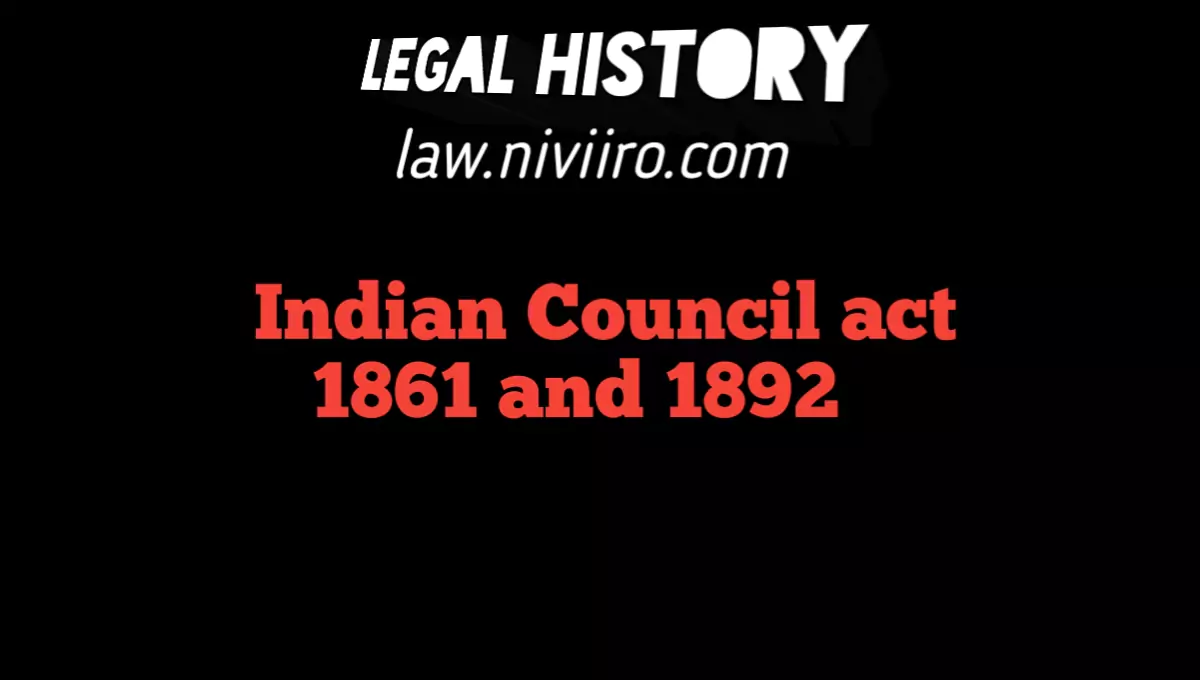The Indian Council Act 1909 , also known as the Morley Minto Reforms, was passed in 1909. In December 1905, John Morley, an advocate, was appointed as the new Secretary of State. He argued that quick constitutional reforms were required to stem the rising tide of nationalism and anti-British sentiment in India. He discussed this with Viceroy Mr. Minto. As a result, in August 1906, Lord Minto created a committee of his executive council, chaired by Sir A.T. Arundal.
Arundal committee report – In October of 1906, the Arundal committee submitted their report. The ideas were examined by the Governor General in Council and sent to the Secretary of State. March of 1907. Mr. Morley promptly assembled his council and returned them to the government of India for referral to the local administration to solicit their input. It took a year to learn about the perspectives of local governments and the general population. Finally, in the House of Lords, a brief measure embodying the ideas was tabled. The result was the Indian Council Act of 1909.
Provisions of the Indian Council Act 1909
- The Indian Council Act of 1909 increased the size of the central legislative council.
- the power of the Supreme Legislative Council. This council’s overall membership expanded from 16 to 60, with 32 regular members and 28 appointed officials.
- Enhanced the size of the province legislative council– The provincial legislative council’s strength was also increased. Members from Bengal, Madras, Bombay, United Provinces, Bihar, and Orissa increased by up to 50, while members from Punjab, Burma, Assam, and Central Provinces increased by up to 30.
- Introduction of the indirect election system – The ICA of 1909 established the principle of election in the supreme and provincial legislative councils. 27 of the 60 legislative council members were elected from various electorates.
- Special and separate electorates – This act established separate and special electorates to provide representation to specific classes and committees in order to protect their interests.
- Preservation of the concept of nomination alongside that of election— Certain members of the supreme legislative council and provincial legislatures were still appointed by nomination.
- Furthermore, no additional requirements were established for the selection of non-official members.
- Indians were appointed to the Indian Council and the Viceroy’s Executive Council – For the first time, this act authorised the nomination of Indians to the Indian Council and the Governor General’s Council. Mr. K.C. Gupta, a Hindu civilian, and Syed Hussain Bilgrami, Hyderabad’s principal advisor.
- Enlargement of provincial executive—The number of members of the executive councils of Bengal, Madras, and Bombay was expanded from two to four under this act. And at least two of them were to be the people. Who had worked for the crown for at least ten years.
- Expansion of the councils’ functions – This act also enlarged the councils’ functions. The duties of the Supreme Legislative Council and the Local Legislative Council were primarily expanded in three ways:
a. Discussions of annual financial budget.
b. Discussion on any matter of general public interest.
c. Interest and asking of questions.
Defects of the Indian Council Act 1909
1. The Morley-Minto reforms did not satisfy Congress leaders. They sought accountable government, while the reform concentrated on expanding native involvement in legislatures.
2. The creation of separate electorates for Muslims was a key flaw in the reform. This shattered Hindu-Muslim harmony and opened the ground for the country’s split.
3. Muslims were given a separate electorate as well as a high number of seats that were allocated disproportionally to their population.
4. The voting process was overly indirect, and there were inequities in the franchise.
5. The Legislative Councils exercised no authority over the Executives. They acted on their own.
6. The people of the country demanded self- government whereas the Morley- Minto Reform 1909, gave them benevolent despotism.
Related Post
Important Questions
What is the another name of Indian Council Act 1909 ?
The Indian Council Act 1909 , also known as the Morley Minto Reforms, was passed in 1909.
what are the Provisions of the Indian Council Act 1909 ?
1. The Indian Council Act of 1909 increased the size of the central legislative council.
2.the power of the Supreme Legislative Council. This council’s overall membership expanded from 16 to 60, with 32 regular members and 28 appointed officials.
3. Enhanced the size of the province legislative council– The provincial legislative council’s strength was also increased. Members from Bengal, Madras, Bombay, United Provinces, Bihar, and Orissa increased by up to 50, while members from Punjab, Burma, Assam, and Central Provinces increased by up to 30.
4.Introduction of the indirect election system – The ICA of 1909 established the principle of election in the supreme and provincial legislative councils. 27 of the 60 legislative council members were elected from various electorates……..
Defects of the Indian Council Act 1909 ?
1. The Morley-Minto reforms did not satisfy Congress leaders. They sought accountable government, while the reform concentrated on expanding native involvement in legislatures.
2. The creation of separate electorates for Muslims was a key flaw in the reform. This shattered Hindu-Muslim harmony and opened the ground for the country’s split……….
Refrences Book
- M. Rama Jois, Legal and Constitutional History of India
- M.P. Jain, Outlines of India Legal History
- Indian legal and constitutional history by Dr. N. V. Paranjape
- A.B. Keith, Constitutional History of India
- Rankin G.C. Background to Indian Law
- V.D. Kulshrestha, Landmarks in Indian Legal History




